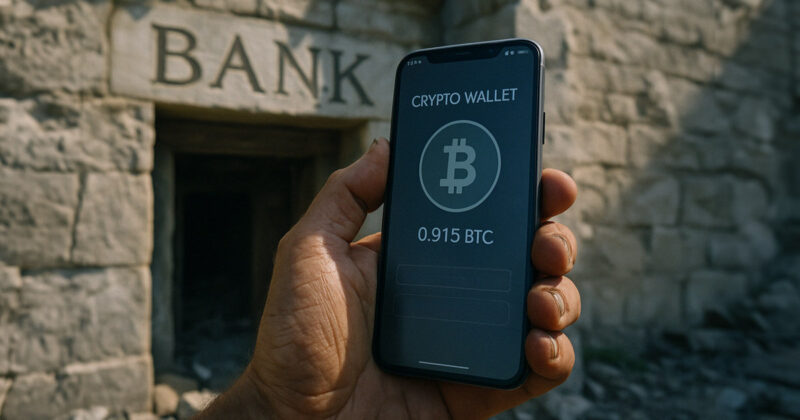A recent Galaxy report highlighted that despite Tether leading the crypto lending market with two other companies, decentralized applications posted nearly double the amount in outstanding loans at the end of 2024.
According to the report, the crypto lending market stood at roughly $30 billion on Dec. 31, excluding collateralized debt position (CDP) stablecoins.
This exclusion provides a clearer view of the crypto lending market. The report noted that some overlap may exist between the total size of centralized finance (CeFi) loan books and the supply of CDP stablecoins.
The reason is that specific CeFi lenders use crypto collateral to mint CDP stablecoins, which are then lent to off-chain borrowers, creating the potential for double-counting.
Adding CDP stablecoins enlarges the market size to $36.5 billion. Tether, Galaxy, and Ledn comprised 88.6% of the CeFi lending sector, with a combined loan book of $9.9 billion. This group represented 27% of the total crypto lending market, including CDP stablecoins.
The $36.5 billion market size is down 43% from its $64.4 billion peak in the last quarter of 2021. The market contraction is attributed to the collapse of multiple lenders and a broader decline in borrower demand.
CeFi for institutions
CeFi lending consists of three major categories: over-the-counter (OTC) lending, prime brokerage services, and on-chain private credit.
These offerings target institutional borrowers with customized terms and collateral structures, often executed off-chain or via hybrid mechanisms.
OTC loans remain common among accredited investors due to their bilateral customization capabilities, including adjustable loan-to-value ratios and maturity terms.
Prime brokers offer margin financing tied to a narrower set of digital assets and exchange-traded products. At the same time, on-chain private credit allows users to deploy capital using off-chain credit agreements via on-chain liquidity aggregation.
Although centralized services offer tailored credit products, their reach has narrowed considerably due to heightened counterparty risk and decreased retail trust following high-profile insolvencies between 2022 and 2023.
DeFi lending up 959% since 2022
Open borrows across DeFi protocols reached $19.1 billion in the fourth quarter, spread over 20 lending applications and 12 blockchain networks.
This represents a 959% increase from the last quarter of 2022, when the DeFi market reached a low of $1.8 billion in open borrows. The report attributes the surge to the resilience of permissionless platforms, cross-chain capital mobility, and the emergence of specialized lending applications.
Unlike CeFi, DeFi lending enables users to engage directly with smart contracts to borrow and lend assets without intermediaries.
Protocols such as Aave, Compound, and newer cross-chain services offer real-time transparency, flexible rates, and automated liquidation mechanisms. DeFi’s modular design allows protocols to adapt to user demand, asset risk, and evolving liquidity conditions.
This growth reflects a user preference for trust-minimized infrastructure and the operational stability DeFi protocols demonstrated during volatile market conditions.
The report concluded that centralized entities such as Tether are critical in institutional lending. However, the accelerating shift toward DeFi platforms reflects a broader realignment of capital flows and risk frameworks within the crypto economy.





